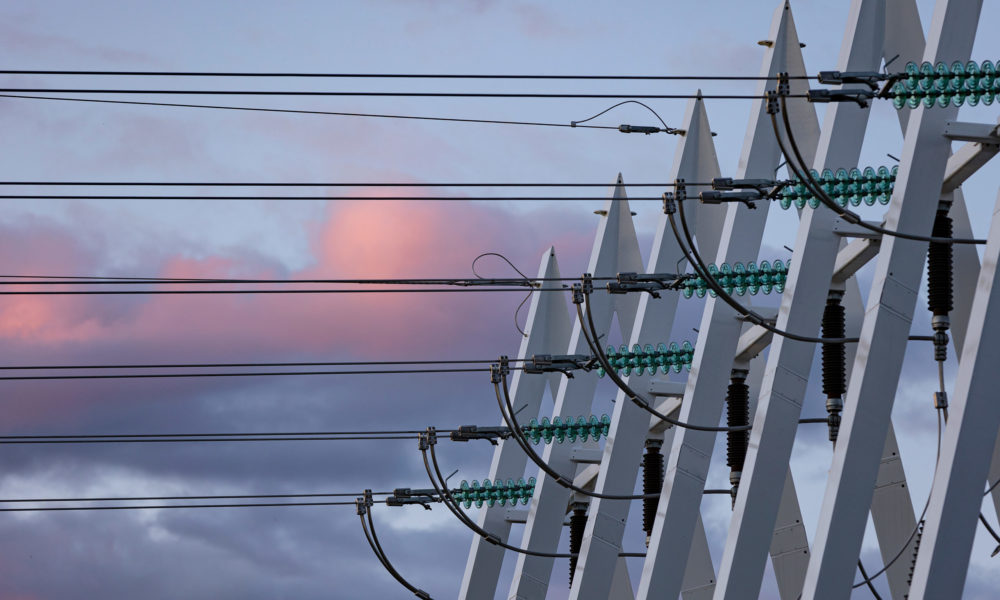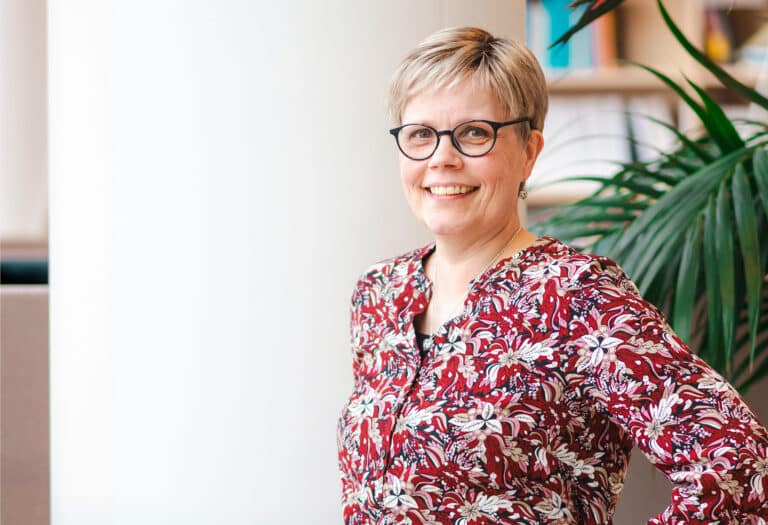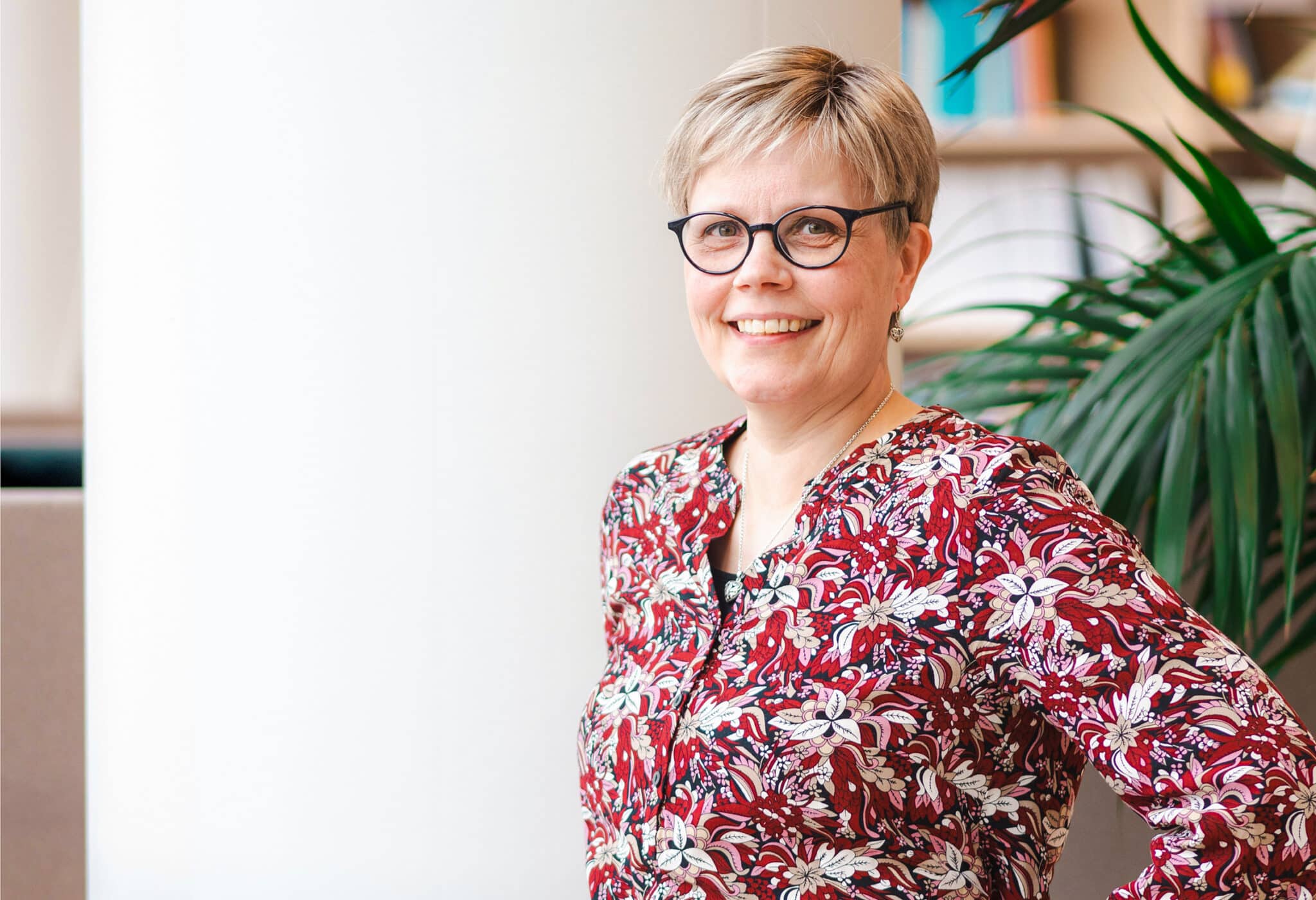
By nature, strategic projects are general guidelines and practical actions. President & CEO Jukka Ruusunen emphasises the equal value of the projects.
“The change projects function alongside our development-oriented strategy for continuous improvement. Fingrid’s management is based on a solid balance in which finances, internal processes, personnel and competence are managed in balance,” says Ruusunen.
Climate change is increasing the pressure for renewal in the energy industry.
“As a monopoly, we have a societal responsibility to maintain and develop energy market infrastructure to ensure that the power system also functions reliably as decentralised energy production becomes more common,” continues Ruusunen.
The implementation of strategic projects is also an important internal learning process for Fingrid.
“The projects are mutually dependent by nature, which means that close cooperation between different experts and teams is essential. Our organisation is eliminating internal silos and strengthening team work. Strategic projects highlight our competence more effectively inside the company and among customers and stakeholders.”
Nordic real-time market anticipates the future
The Nordic real-time market development project is a step towards a new kind of power system as the amount of alternative energy production increases and the share of adjustable production decreases. The goal for the future is to ensure that market actors can participate in power system balancing to a greater extent than earlier and also trade in nearly real time.
“We’re working with the other Nordic TSOs to develop a joint balancing model, which ensures that production and consumption are balanced in the renewing power system. The physical changes have to go hand-in-hand with the market. They can’t go in different directions,” says Senior Vice President Asta Sihvonen-Punkka.
As renewable forms of energy become more common, weather-dependent fluctuation will increase and adjustability will decrease. This will also put pressure on the principles of trading. Electricity trade is moving from a 1-hour market time period to 15 minutes, which will take the quick power variations of solar and wind power into better consideration and provide a price signal for electricity consumption flexibility. The switch to 15 minutes has been accelerated by European legislation.
Along with developing the Nordic market, steps are being taken towards joint European balancing markets where European platforms will enable trading in the 2020s.
“We want to encourage our stakeholders to consider the change needs in the electricity market and involve them in development work. We also want to test new solutions that utilise the market. For example, this is what we’ve done in pilots related to reserve market aggregate models and publishing balancing power prices. The solutions have been implemented based on the experience gained through testing,” says Sihvonen-Punkka.







